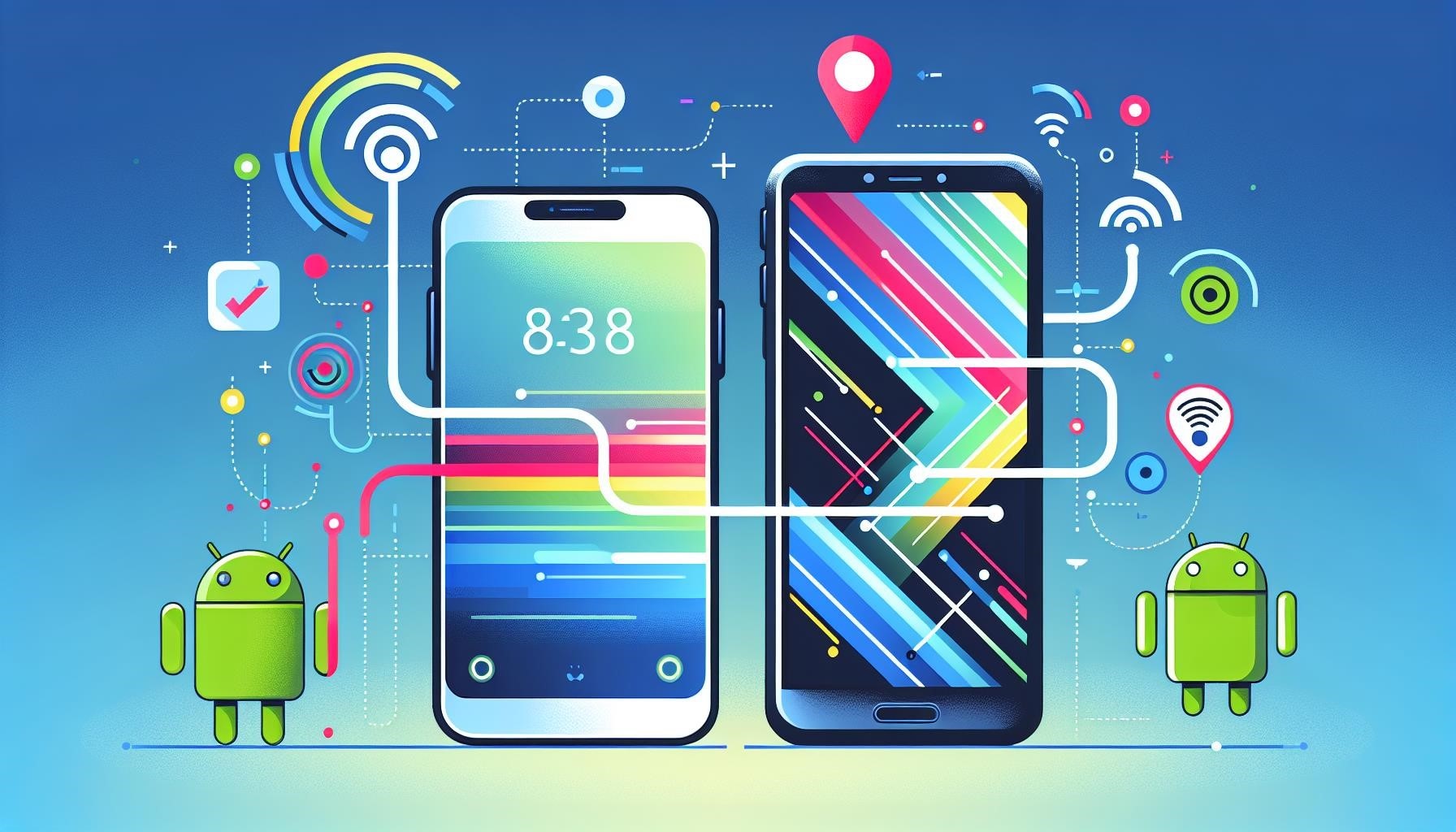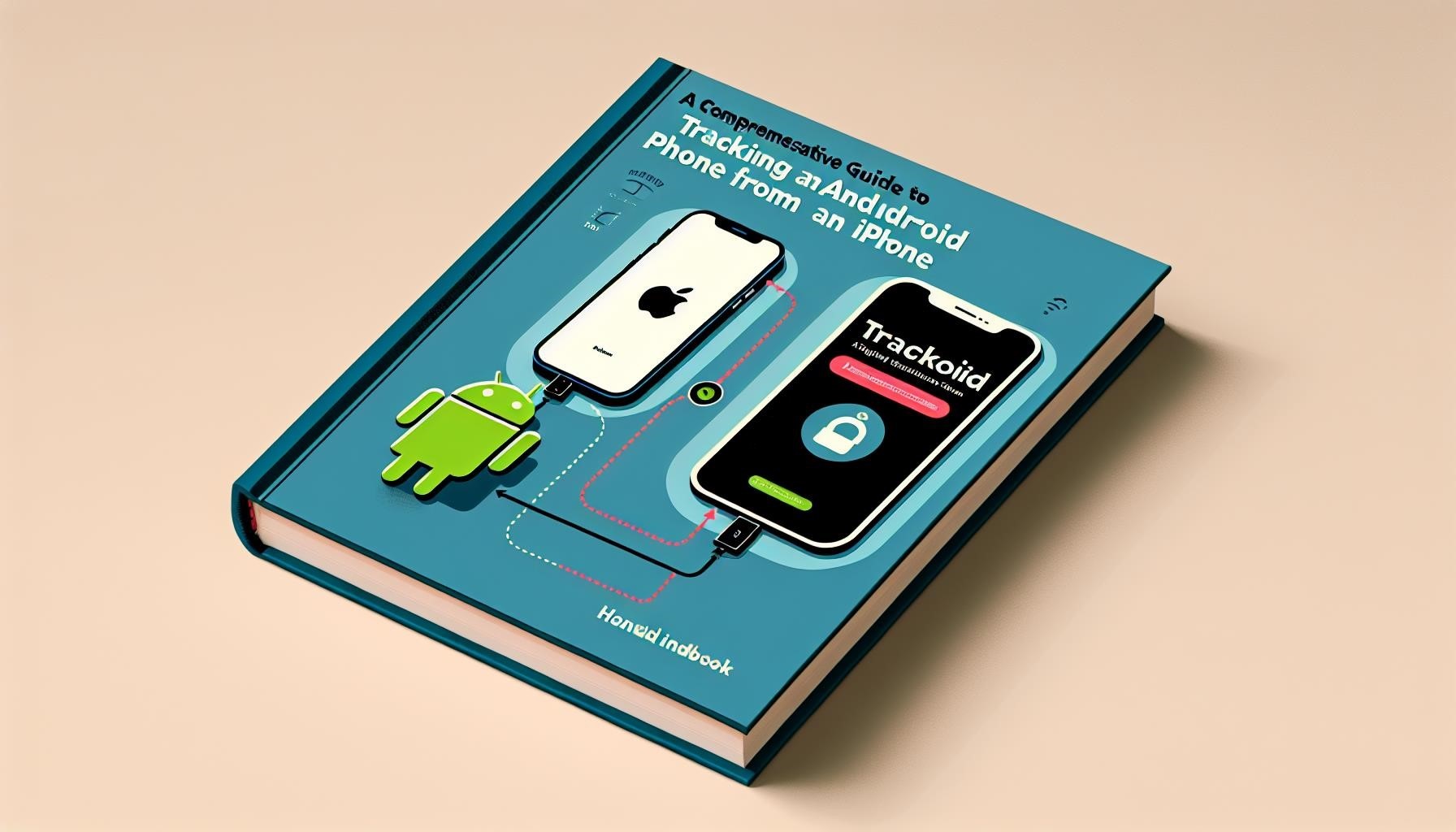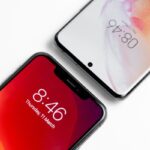Tracking an Android phone from an iPhone can be essential for various reasons such as parental control, device security, or employee monitoring․ It allows users to monitor the location, communication, and usage of the target device․ With the advancement of tracking technology, there are several efficient options available for iPhone users to track Android phones․ Understanding the features, compatibility, and ethical considerations is crucial for a successful tracking experience․
Importance of Tracking
Tracking an Android phone from an iPhone holds significant importance in various scenarios․ For parents, it enables monitoring of their children’s whereabouts and ensures their safety․ In the corporate environment, it aids in managing and securing company devices․ Additionally, tracking can assist in locating a lost or stolen phone․ Understanding the importance of tracking establishes the need for effective and reliable tracking solutions to ensure security and peace of mind․
Overview of Tracking Options
When it comes to tracking an Android phone from an iPhone, users have a variety of options to choose from․ These options range from built-in features like Google’s Find My Device to third-party tracking apps with advanced monitoring capabilities․ Each option offers unique features and functionalities tailored to different user requirements․ Understanding the landscape of tracking options empowers users to make informed decisions based on their specific tracking needs and preferences․

Understanding Tracking Apps
Tracking apps play a pivotal role in facilitating the monitoring and location tracking of Android phones from an iPhone․ These apps offer a diverse range of features such as real-time location tracking, call and message monitoring, geofencing, and app usage tracking․ Understanding the capabilities and limitations of tracking apps, along with their compatibility and system requirements, is crucial for selecting the most suitable app for effective Android phone tracking from an iPhone․
Exploring Tracking App Features
Tracking app features encompass a wide array of functionalities designed to provide comprehensive monitoring of an Android phone from an iPhone․ These features may include real-time GPS location tracking, call and SMS monitoring, social media activity tracking, remote locking and wiping, and geofencing capabilities․ By exploring these features in detail, users can gain insight into the app’s potential to meet their specific tracking and monitoring needs effectively․
Compatibility and Requirements
Before selecting a tracking app for monitoring an Android phone from an iPhone, it is essential to consider compatibility and system requirements․ This includes assessing the compatibility of the tracking app with the specific versions of Android and iOS, as well as the hardware requirements of both devices․ Understanding the compatibility and system requirements ensures a seamless installation and effective functionality of the tracking app across the two platforms․
Selecting a Tracking App
Choosing the right tracking app for monitoring an Android phone from an iPhone involves comprehensive research and evaluation․ This phase entails exploring the available tracking apps, analyzing their features, compatibility, user reviews, and pricing structures․ By thoroughly researching the options, users can then make informed decisions based on their specific tracking needs and preferences․ Selecting a tracking app tailored to individual requirements is crucial for a successful tracking experience․
Researching Available Apps
Researching the available tracking apps is a crucial step in the process of selecting the most suitable option for tracking an Android phone from an iPhone․ This phase involves exploring the various apps offered in the market, understanding their features, functionalities, user reviews, and ratings․ By conducting thorough research, users can gain valuable insights into the capabilities of each app and make informed decisions based on their tracking requirements and preferences․
Comparing Key Features
When selecting a tracking app for monitoring an Android phone from an iPhone, comparing key features is essential․ This involves evaluating and contrasting the features offered by different tracking apps, such as real-time location tracking, call and message monitoring, geofencing, and app usage tracking․ By comparing these key features, users can identify the app that best aligns with their tracking and monitoring needs, ensuring a comprehensive and effective solution․

Setting Up Tracking
Setting up tracking for an Android phone from an iPhone involves the installation and configuration of the chosen tracking app․ This phase includes installing the app on the Android device, configuring necessary permissions, and adjusting settings to enable seamless tracking․ Understanding the setup process is crucial for ensuring that the tracking app operates effectively and provides the desired monitoring and location tracking capabilities across the two platforms․
Installing the Chosen App on the Android Phone
Installing the chosen tracking app on the Android phone is a critical initial step in the tracking process․ This involves downloading the app from the Google Play Store or the app provider’s website and following the installation instructions․ Users need to ensure that the app is granted the necessary permissions for location tracking, message monitoring, and other relevant functionalities․ Successful installation sets the stage for effective tracking capabilities․
Configuring Permissions and Settings
Configuring permissions and settings for the installed tracking app on the Android phone is vital for seamless functionality․ This involves granting the app necessary permissions such as location, contacts, messages, and storage access․ Additionally, adjusting app settings to enable features like real-time tracking, geofencing, and remote data wiping ensures that the app operates as intended, providing effective monitoring and security features for the user’s Android phone․
Tracking the Android Phone
Tracking the Android phone from an iPhone involves accessing the tracking interface provided by the chosen app․ This interface allows users to view the real-time location of the Android device, monitor calls, messages, and app usage, and utilize additional tracking features such as geofencing and remote locking․ Understanding how to navigate and utilize the tracking interface effectively enables users to monitor and ensure the security of the target Android phone․
Accessing the Tracking Interface on the iPhone
Accessing the tracking interface on the iPhone involves launching the tracking app and navigating to the designated interface or dashboard․ This interface provides a comprehensive view of the monitored Android phone’s location, communication logs, and additional tracking features․ Users can access the interface to track real-time location, set up geofencing, view call and message logs, and utilize remote control features, ensuring efficient monitoring and management of the Android device from the iPhone․
Utilizing Tracking Features and Tools
Utilizing tracking features and tools on the iPhone allows users to leverage the capabilities offered by the tracking app․ This includes accessing real-time location tracking, setting up geofencing boundaries, monitoring calls and messages, and utilizing remote control functions such as locking or wiping the Android device․ Understanding how to effectively utilize these features and tools empowers users to ensure the security, monitoring, and management of the targeted Android phone from their iPhone․
Ensuring Privacy and Security
Ensuring privacy and security when tracking an Android phone from an iPhone is paramount․ Understanding the legal and ethical considerations of monitoring, as well as implementing best practices for data protection, is essential․ Users must prioritize the safeguarding of personal and sensitive information, both for the individual being monitored and for their own privacy․ Implementing stringent security measures and respecting privacy rights fosters a responsible and ethical approach to tracking․
Implementing Best Practices for Data Protection
Implementing best practices for data protection is crucial when tracking an Android phone from an iPhone․ This involves safeguarding sensitive information, utilizing secure authentication methods, and ensuring encrypted communication between the devices and the tracking app’s servers․ Additionally, regularly updating the tracking app to patch security vulnerabilities and maintaining strong device passcodes further enhances data protection․ By implementing these best practices, users can mitigate potential security risks and protect the privacy of the tracked data․





Leave a Reply